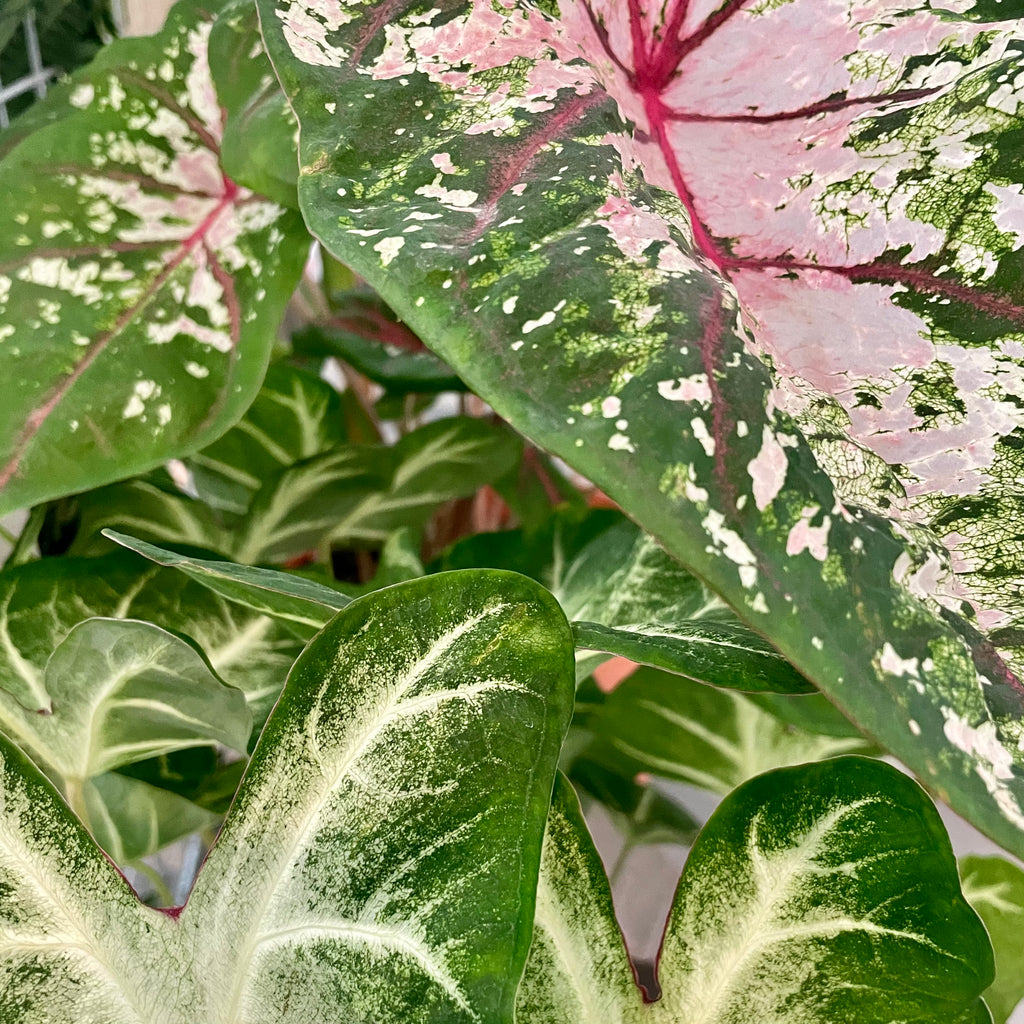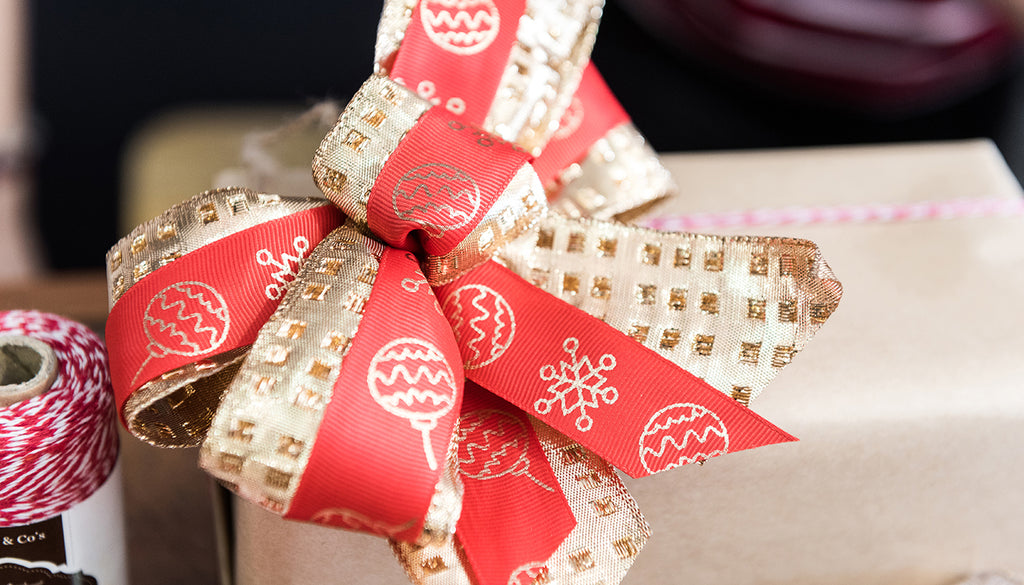Blog

Our top 6 tips for Valentines Day
It’s that time of year again! Cupid is on standby, arrow at the ready – here are our top tips to make your Valentines Day special.
1. Get organised early! Order your flowers in advance – do not wait until the last minute, as many florists will have limited supply later in the day.
2. Pick the Morning Organize your flowers to be delivered in the morning – getting flowers at the start of the day makes a woman feel remembered.
3. Sign your name in your message card – it will be kept and cherished and actually makes the gesture more romantic.
4. Get Personal Make sure you know your loved one’s favourite colour and flowers – personalisation will make a difference, trust us!
5. Do small romantic gestures often, not just once in a blue moon. Everyone loves to feel loved and appreciated, and sometimes being reminded of this is just what your partner needs.
6. Make time to spend with your special someone – a walk to the park, treat yourselves to an evening at the cinema (without the kids), pizza on the deck with candles and fairy lights, and always flowers – you can never give or send too many flowers.

Phalaenopsis Orchid Care
Best conditions for Phalaenopsis orchids
Phalaenopsis orchids originate in the tropical rainforests of New Guinea, Asia and northern Queensland and thrive in humid environments. Our Phalaenopsis orchids are locally-grown, so they are already acclimated to our Brisbane climate.
Make sure you place your orchid somewhere with filtered sunlight – or artificial light, if needed – and ideally in a spot where the air isn’t too dry (orchids make great additions to light and bright bathrooms).
Don’t overwater your orchid
The most common mistake made with Phalaenopsis orchids is overwatering. As these plants don’t grow in soil, they only catch whatever rain falls on them. Too much water can lead to root rot, so it’s essential that your orchid has good drainage. Watering only a tiny amount (an ice cube’s worth) every week to ten days is usually enough. If you’re not sure if it’s time to water it, stick your finger in the soil. If the soil feels wet and sticks to your finger, then wait a few more days. Otherwise, it’s time to water.
When to prune your orchid
Growing blooms takes a lot of energy, so when the flowers die, giving your orchid a prune can help it conserve energy so that it can grow back and flower again. If just the tip of the ‘spike’ (the long stem that the flowers and buds grow from) has started to go brown, then you could cut the spike about 2cm above the highest node (the nobbly bits on the spike) in hopes of the spike growing a second branch. This method may result give you new flowers more quickly, though they are likely to be a little smaller than before.
However, if the spike has gone completely brown, cut it all the way down to the base. It will take longer to reflower, but your plant will look more lush. If your orchid is looking a bit lifeless, it might also be worth trimming the spike back so that the plant can direct more energy on growing new leaves and roots.
How to make an orchid stem grow straight
Orchids are phototropic, so they grow towards sunlight. Placing an artificial light source directly above your orchid will encourage it to grow straight, though that may not always be practical. The best way to control the direction your orchid grows is to stake it. Once the spike has grown about 5cm, gently, but firmly, place a stake next to it, then attach the spike to the stake with an orchid clip or twist tie, adding more clips as the spike grows until just before the part where it starts flowering. It’s important to start staking when the spike is still young and flexible. Once the spike hardens, attempting to stake it could cause it to snap.
Repotting your orchid
Younger plants benefit from repotting to give them more room to grow. The best time to repot your orchid is after the blooms have finished and you’ve pruned out the spike. Use a pot that allows for air and drainage and that you use a specialty orchid potting mix. You might also like to use a humidity tray to keep your flowering friend happy.
Three simple rules for caring for phalaenopsis orchids
Caring for Phalaenopsis orchids comes down to three things:
- Place them moderate sunlight
- Go easy on the watering
- Prune them back after they've finished flowering.

Four things you need to look after flowers at home
- A Sturdy Vase (Clean and Thick with a heavy vase)
- Florists Sissors
- Watering Can
- Mister

Looking after a Lily Bouquet
As oriental lilies open, they have a beautiful perfume, but they also have stamens. We recommend that as the bloom opens, that you take the stamens out. Gently remove them by popping the stamen off and placing it in a tissue and in to the bin or compost.
If you get any staining from the stamens, simply flick it lightly with a tea towel, do not rub it in as you will be rubbing it in to the fibers.
When placing your bouquet in to a vase, we recommend a 25cm vase for our One Love bouquet. Oriental Lilies are very sturdy and very beautiful, and with the right care they will last and last.
For more tips and tricks, watch our video below:

How to water a kokedama
Kokedama is a traditional Japanese art form that uses moss as a container. Kokedama plants can be kept in a pot saucer, or hung in macrame just like a hanging basket. The type of plant will vary, however all are suited to indoors. Below, we show you a couple of tips on how to care for your new Kokedama!
SOAKING
Depending on the size of your kokedama, fill a bowl, bucket or basin with room temperature water. Place the base of your kokedama in the water. Push the moss ball down so that it is fully submerged and begins to absorb water. Leave for up 25 minutes or until fully saturated with water. Remove the kokedama from the water and gently squeeze the moss ball to allow excess water to drain and leave it to drip dry in a colander.
MISTING
Many kokedama made from tropical plants appreciate misting in as well as soaking. Mist your plant with a fine spray in the morning so that the plant is not burned by the sun.

Caring for your Terrarium
We love flowers at Northside Flower Market, and we love plants too! To get the most from your terrarium, succulent garden or indoor plant, follow our easy care steps below:
OPEN TERRARIUMS
Pour water directly into the soil to until it is very moist, but not soaking wet. This will usually be weekly to fortnightly, depending on the season. Don’t let open terrariums dry out completely. Check for water in the bottom rocks of the terrarium before you water. About 1cm is enough.
If you are going away for an extended time, covering the top of an open terrarium will stop it from drying out.
CLOSED TERRARIUMS
Terrariums with lids require little watering, just check that the soil is moist. If in doubt, it is better not to water. Closed terrariums will normally fog up as their atmosphere is humid.
Many terrarium plants will gradually outgrow their space. A little trim often promotes side shoots and more lush growth.
Remove dead vegetation from the terrarium. Also trim the tips if they start to touch the glass. Remove any plants that begin to rot. Rot is often associated with too much moisture. Terrarium may need re-potting when root bound.
The glass inside your terrarium will need to be occasionally cleaned with a damp cloth to remove mineral build up on the glass.
Fern Terrariums require bright, indirect light. Never put in direct sunlight or outside as the glass will cook the plants.
Succulent & cacti terrariums require a little watering. They can be misted once a week, letting the soil dry out between watering. You can increase or decrease watering according to the weather. If you notice the leaves shrivelling, it may require more water. A succulent terrarium that is a little dry is better than over-watering.
Succulents require little maintenance. To discourage rot, remove fallen leaves from the terrarium.
TERRARIUM TIPS
If your terrarium attracts insects, Pyrethrum (low toxic insect spray) in a trigger pack (not aerosol) can be purchased from hardware stores and most supermarkets. A few sprays of Pyrethrum will bring these under control.
Browning Leaves – Usually indicates dehydration or too much sun.
Yellowing or Dropping Leaves – The terrarium is being over-watered.
Tall, spindly foliage – The terrarium needs more light.

Caring for your Tulips
We share some tips on how to care for and arrange your bunch of market tulips
1. Carefully remove the lower leaves of your tulips
2. Wash any sandy or dirty stems under cool water
3. Gather the tulip stems and measure against your vase to decide where to trim.
4. Cut stems evenly and carefully place in the vase
5. Your Tulips should sit just about the vase height
Did you know? Tulips will keep growing and bend towards the light

THE LOFT WEST END DINNER PARTY
We recently collaborated with styling guru, Michelle from Brandition and our resident photographic genius Millyjane on this styled wedding shoot at The Loft West End.
The tones are rich, flowers are abundant and the table is invitingly set. Take a look at this slice of eclectic decadence.

Sam’s Flower Crown Hens Party
Are you looking to hold a party or function with a difference? We recently held a Sam’s Flower Crown making workshop as part of her Hens Party, and with the champagne flowing, music pumping and fresh flowers ready, we taught 17 beautiful ladies how to make their very own flower crown.
Included in a workshop event with Northside Flower Market are all the tools you’ll need, tables full of beautiful flowers to include in your creation, years of experience from our talented florists, and your finished flower crown to take home. Optional extras include colour themed Balloon clusters, one on one florist assistance, and a photographer to capture all of the moments, as well as your finished product and a few group photos.
Contact us today at flowers@flowermarket.com.au or 07 3856 4711 to arrange your next event.
“I just wanted to thank you all so very, very much for the wonderful afternoon we had on Saturday. It absolutely exceeded expectations. The setup was amazing and you were all so helpful and kind. Samantha hasn’t stopped talking about her afternoon. It was just a great way to have a group of ladies, who don’t all know each other, to feel comfortable in each others company by all working on this beautiful project.” – Laurel, Sam’s Mum

Hanworth House 154th Birthday Celebrations!
Inspired by the colours of the historic Hanworth House, we created some stunning table arrangements featuring seasonal purples and Veuve orange flowers and fruit, for their 154th Birthday Celebrations!
- 1
- 2



